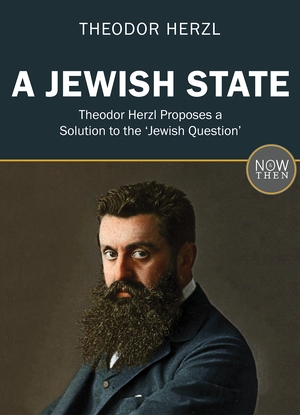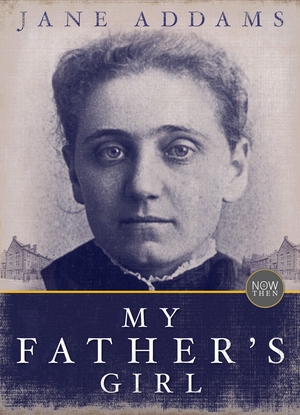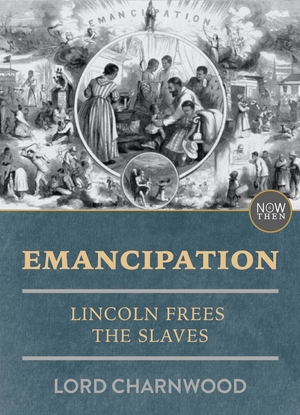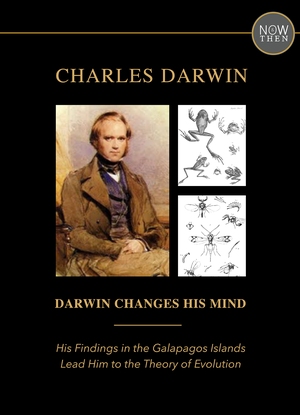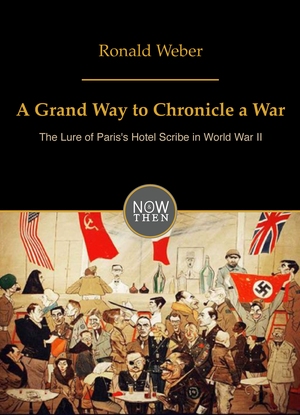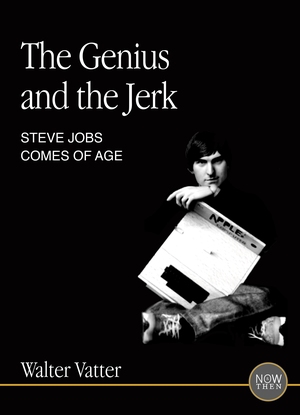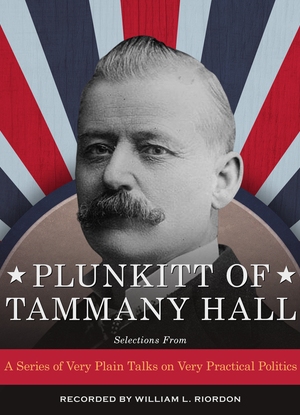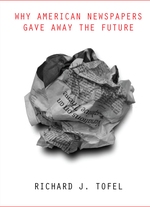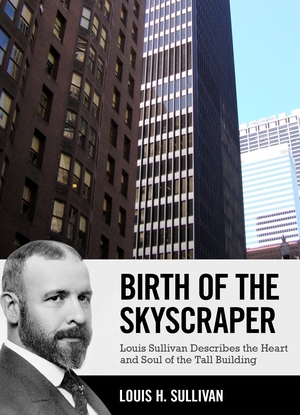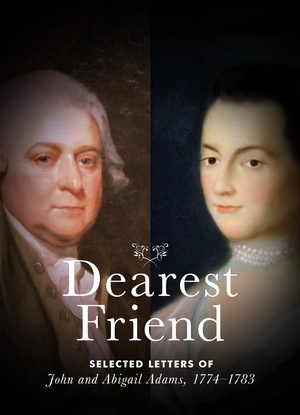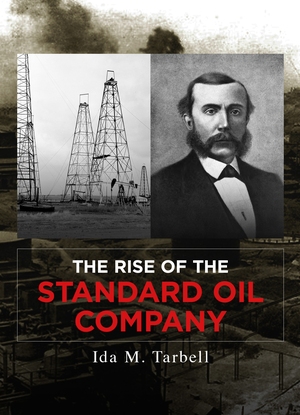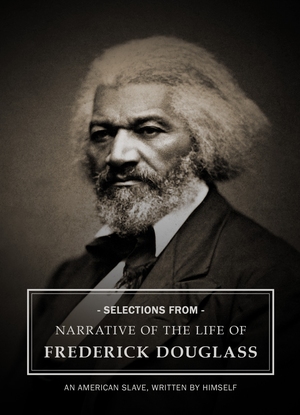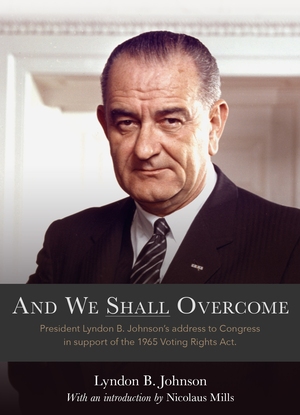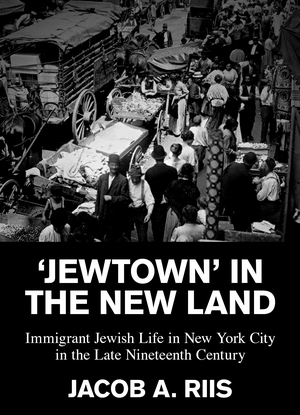American History Titles
Browse our American History titles listed below.
How Psychologists Helped Washington Crack the Code of Human Consciousness
by Alfred W. McCoy
American HistoryWhen the CIA first looked into effective methods of torture in the 1950s, it found two major sources of aid. The first was information gleaned by the Nazis during World War II from concentration-camp experiments. The second was the cooperation of professional psychologists, many with leading university positions, who agreed to conduct questionably ethical experiments to show how prisoners might be broken through psychological torture. Alfred McCoy here explores the sordid and often outrageous practices of the CIA and its helpmates.
Louis Sullivan Describes the Heart and Soul of the Tall Building
by Louis H. Sullivan
American History, ArchitectureIn these excerpts from his most important writings, Louis Sullivan explores the cultural ideas as well as the engineering and architectural realities that led to the making of the skyscraper and America's emphasis on the tall building as a fixture of modern urban society. Sullivan is the key link between nineteenth- and twentieth-century architecture and moreover between two worldviews.
Selected Letters of John and Abigail Adams, 1774-1783
by John & Abigail Adams
American HistoryFrom 1774 to 1783, years of decisive ferment for their young country, John Adams was at the center of proceedings in the Continental Congress that were to eventuate in the Revolutionary War and the Declaration of Independence; his wife Abigail was at home on their farm in Braintree, Massachusetts, with four children—but in many ways as engaged in daily events as her husband. Their letters, displaying a keen perception and a loving devotion to each other, are unparalleled in American history.
by Ida M. Tarbell
American HistoryThe discovery of oil in Pennsylvania in 1859 opened a new chapter in world commerce and riveted the attention of American entrepreneurs, notably a young man named John D. Rockefeller of Cleveland, Ohio. Rockefeller was not only a man of vision; he was possessed of singular drive, ambition, and a ruthlessness to succeed. Almost single-handedly he built the Standard Oil Company into the greatest corporate colossus the country had witnessed. Ms. Tarbell’s account of the Standard’s rise covers a crucial moment in Rockefeller’s quest for dominance of the industry.
An American Slave, Written by Himself
by Frederick Douglass
American HistoryThe story of Frederick Douglass’s struggles as a slave, his desire to learn to read and write, his yearning to be a free man, and his escape to freedom is compactly but passionately related in this Narrative, first published in 1845. The book became one of the great autobiographical statements in the history of American reform.
President Lyndon B. Johnson's Address to Congress in Support of the 1965 Voting Rights Act
by Lyndon B. Johnson
Introduction by Nicolaus Mills
American HistoryThe important background and text of President Lyndon Johnson's 1965 Voting Rights speech to Congress. In his remarks Johnson challenged the moral values of Americans and ultimately won the greatest victory for black Americans since Emancipation.
Immigrant Jewish Life in New York City in the Late Nineteenth Century
by Jacob A. Riis
American History, Immigration HistoryIn the great migrations of the later nineteenth century, New York City drew masses of Irish, Italian, and Jewish newcomers, many of them crowded into tenements on the Lower East Side. Soon it was the most densely populated place on earth. In the 1890s the area became a subject of investigation by a new breed of American journalists, the muckrakers. Jacob Riis’s How the Other Half Lives, published in 1890, sought to reveal the way of life in the New York tenements. Here he describes how Jewish immigrants made their way in a strange new land.
Selections from a Series of Very Plain Talks on Very Practical Politics, Delivered by Ex-Senator George Washington Plunkitt, the Tammany Philosopher, from His Rostrum--the New York County Court House Bootblack Stand
by William L. Riordon
American HistoryAmong the great manuals of urban politics in America, none is more charming or instructive than the plain talks of George Washington Plunkitt of New York City’s powerful Tammany Hall at the turn of the twentieth century. “I seen my opportunities and I took ’em,” said Plunkitt while explaining the differences between honest graft and dishonest graft. His office was Graziano’s bootblack stand in New York’s old county courthouse.
